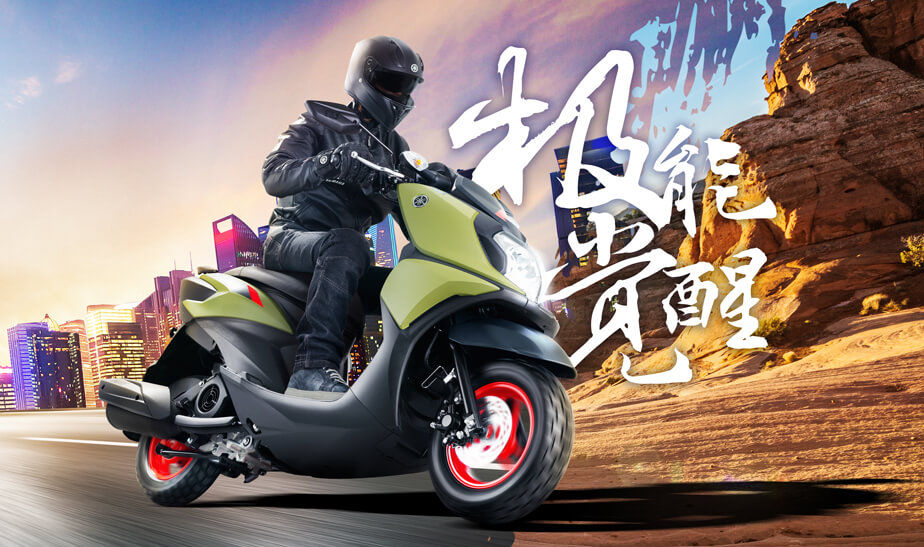Yamaha Force X Launched Abroad; Is It A 125cc Honda ADV150 Rival?
Modified On Mar 25, 2022 03:56 PM By Sudipto Chaudhury for Yamaha RayZR 125 Fi Hybrid
- 2085 Views
- Write a comment
On the surface, it actually seems like an antithesis to the RayZR 125 Hybrid

The Chinese domestic automotive market has, let's say, "questionable" taste. Derivative shapes are aplenty, with a few even resembling contraptions rather than viable modes of transport. But take a look at the new Yamaha Force X, and the cohesiveness of the design actually leaves you with a smile on your face. Let us explain…
We start with the obvious: yes, this scooter is aimed at off-road enthusiasts, with the singular purpose of taking on the Honda ADV 150. But while the Honda's purpose-driven design brief includes a 14-/13-inch tyre setup and an underbone construction rounding off the mud-plugger vibe, the Yamaha makes do with a significantly more tarmac-focused approach. So we get a more conventional design with rounded elements, an apron-mounted halogen headlight with handlebar-mounted indicators, a lightly stepped single-piece seat, and 10-inch tyres.

That said, while the Force X's engine seems competent, it's not worth writing home about. The 125cc air-cooled Blue Core hybrid engine is the same as the India-spec RayZR 125 and Fascino 125. And though the power output – 8.29PS at 6500rpm – is near identical, the torque on offer (9.7Nm) is about 0.6Nm less, though it arrives at a similar 5000rpm.
- Yamaha MX-King Gets A Striking New Paint Scheme for 2022
- Yamaha E01 E-Scooter Released In Japan
- This Upgrade Kit Turns The Yamaha Aerox 155 Into A Racing Beast
Its lightweight, then, is one area where the Force X gets a chance to make a name for itself. Now, the RayZR 125 was already the lightest in its segment, tipping the scales at 99kg. But the Force X does one better, coming in at a featherweight 92kg, which is, in fact, 1kg less than even the TVS Scooty! Now though this may unlock some benefits with regards to performance, it doesn't seem to elicit the desired effects vis-a-vis fuel efficiency, with the claimed 2.2 litres/100km (or about 45kmpl figure) coming in significantly lower than the 71.3kmpl that we achieved from the Ray ZR from our test runs.

Another place where the Force X, unfortunately, falls behind is on the features front. While it does get an all-digital cluster, there's no mention of connectivity tech, which the RayZR gets (albeit only the basics such as last parked location, 'find my scooter', and 'answer back' that switches on the indicators and works the horn).
And finally, while the prices for the Yamaha RayZR 125 Hybrid range between Rs 77,300 and Rs 84,800, the Force X retails at 8980 Yuan (or Rs 1.07 lakh).
So to recap, while the Yamaha ForceX no doubt seems like a competent product, the good old Ray ZR 125 Hybrid we have here checks all the boxes effortlessly.
